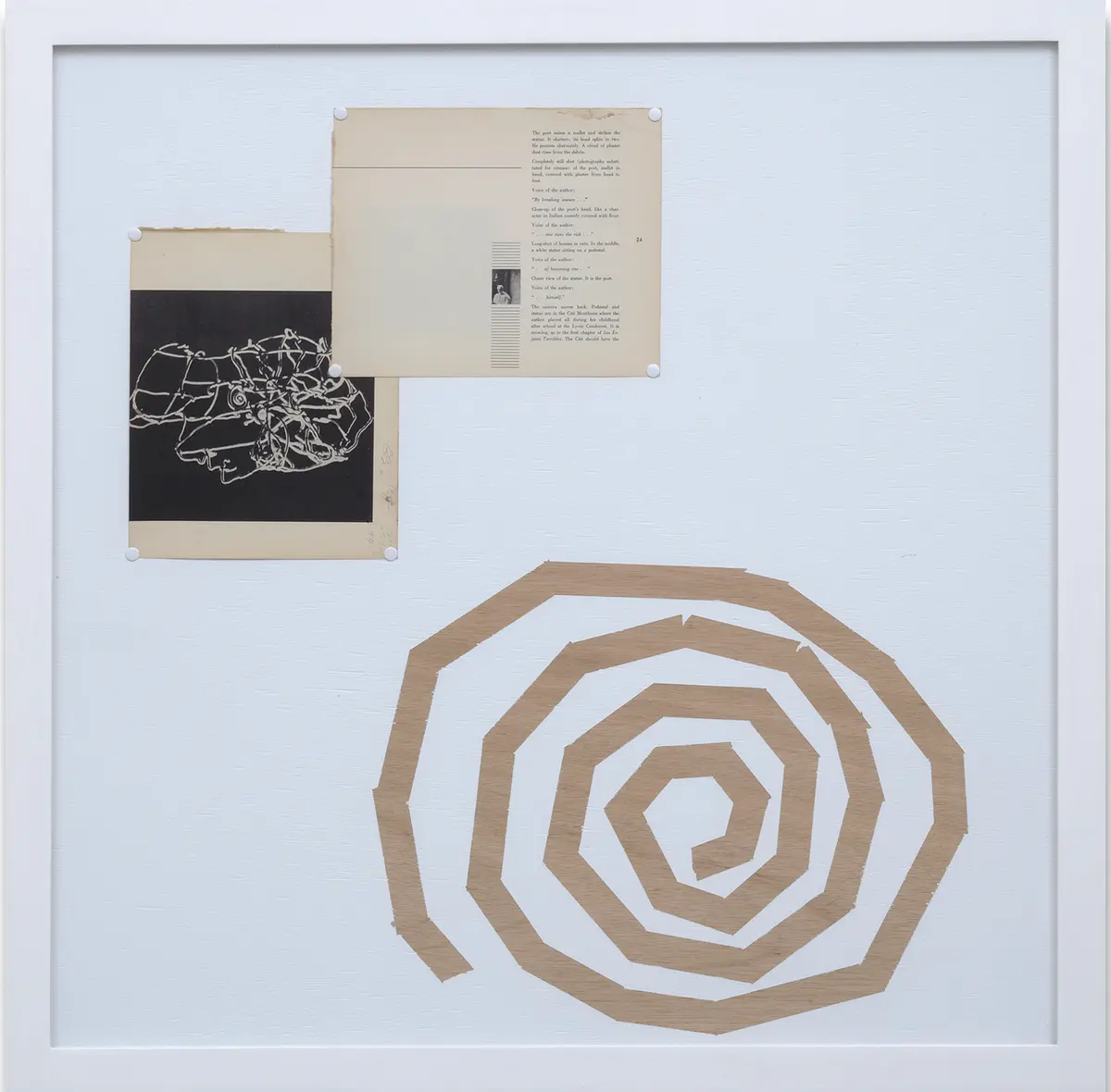We use cookies and other technologies to personalize your experience and collect analytics.
Tom Burr
Relapse
8 June – 9 July 2006
Press release

It is in theatricality and the artifice that American artist Tom Burr suggests a player recently departed from a scene. Landscapes are left empty or deserted and folding screens support the fragments of a faded biography retold and laid bare.
Burr’s past works have examined the erosion of public space, using an archaeological approach in the research of the place of sexuality within it. In revisiting and remaking physical sites linked to sexualised space and to queer history in particular, Burr investigates the architecture of intimacy and its censorship by the authorities as an inappropriate use of freedom.
Burr’s work often references the physicality of the architecture within which a social conscious inhabits and dictates, as if in the fabric of its construction. The Puritan legacy epitomised by the Neo-Classical architecture seen in American New England and the US in general, performs as a shorthand for the visualisation of a culture prescribed values and their corresponding codes of restriction. In this way two of the panel works included in the exhibition take the form of crosses, surrendering their arms to a collage of black and white photographs taken of several white Puritan aesthetic homes and churches. These Bulletin Boards use collage as a means of ‘layering disparate figures, concepts, spaces and histories onto each other to form a specific view or visual analysis… (and are used by Burr) as the methodological approach’1 behind his practice. Appearing as extensions of the wall, the Bulletin Boards stand as abstracted and escaping forms, fugitive from a historical anchoring to the vertical plain.
Alongside these sculptures lay two figures suggested in the slumped and despondent pose of two further hinged panel works. Burr’s anthropomorphic structures root themselves within a sense of memorialisation, not only of the functionality of Minimalist furniture and sculpture but also to the figurative aspect and persona of the characters they reference. Burr’s past works have given monument to the lives of Capote, Genet, Cocteau, Ginsberg, Poe and also to the lives of individuals within their writings. Each of the writers’ characters and personalities are inferred with physical extracts from their written works, positioned alongside deliberately scattered props that allude to personal idiosyncrasies and formative rumours or events. The silver canvas that drapes across the prostrating figures laying on the floor in the exhibition, simultaneously adorns and decadently covers them in their malaise of recently distinguished excess. It is in these elaborations of form that Burr wryly unpicks the shift in aesthetic that heralded the end of Minimalism in its purest and earliest form in the mid sixties.
Tom Burr (b. 1963) currently has a retrospective at the Musée Cantonal des Beaux-Arts de Lausanne, Switzerland, which will run until the 18th of June 2006 and has just published a book alongside this exhibition with JRP Ringier, entitled Tom Burr – Extrospective.